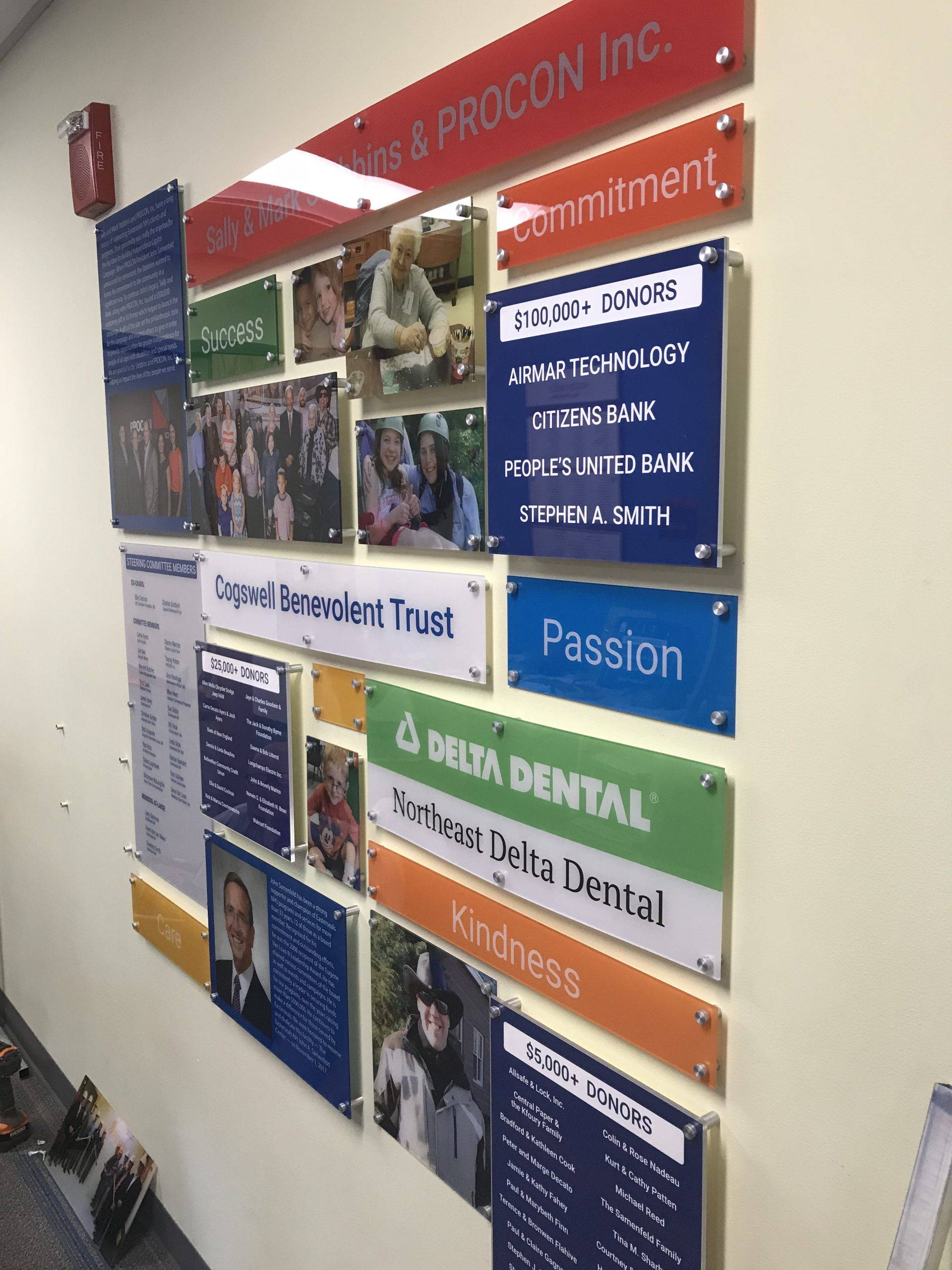
Bots, Spam, and the Fight for Authenticity: How to Spot & Stop Imposters Online
Subscribe to Our Blogs
If your inbox, contact form, or social media comments have been flooded lately with strange messages or suspicious “requests,” you’re not imagining it. AI-driven bots have gone mainstream, and they’re getting disturbingly good at pretending to be real people.
Generative AI tools have made it easy for anyone to create automated programs that talk, type, and even empathize like humans. What used to be a simple spam script has evolved into something that feels eerily personal. Suddenly, our digital spaces are crowded with bots pretending to be customers, partners, or followers, and they’re everywhere.
This blog breaks down why we’re seeing so much spam, how these AI-powered imposters operate, and what you can do to recognize and fight back.
Why the Surge in Spam?
AI has dramatically lowered the barrier to entry for creating bots. In the past, writing a spam bot required programming skill. Today, with the help of large language models, even non-technical users can generate scripts and automated messages that look and sound convincingly human.
By 2024, automated bot traffic officially surpassed human activity online, and more than half of all web traffic now comes from non-human sources. Even more concerning, about one-third of that traffic is malicious. These bots target contact forms, comment sections, and email inboxes to flood organizations with fake leads, phishing links, and misinformation.
For the average person, this means a steady stream of unwanted contact—fake job offers, shady partnership requests, or customer inquiries that don’t make sense.
The Anatomy of an AI-Driven Scam
Modern bots don’t just blast out junk emails. They use sophisticated techniques to blend in and fool both humans and security systems. Here’s how they work:
- They scan websites, forms, and social media platforms for open input fields.
- They auto-fill those forms using AI-generated text that sounds conversational and polite.
- They personalize responses using publicly available information—names, job titles, even tone of voice.
- They link to fake offers, malware, or phishing pages designed to steal data or money.
Some bots now use headless browsers, which let them interact with websites the same way humans do—clicking, scrolling, typing—making them hard to detect. They mimic mouse movements and typing speed so precisely that traditional spam filters often can’t tell the difference.
How to Spot a Bot: Everyday Red Flags
Not every suspicious message is obvious. The best way to protect yourself and your team is to know what signs to look for:
Generic but friendly tone
Messages sound polite but lack detail (for example, “I loved your recent article” without saying which one).
Off-timing
Replies or form submissions arrive instantly or at odd hours.
Overly formal or robotic phrasing
Sentences feel a bit too perfect or repetitive.
Profile inconsistencies
Fake LinkedIn or social accounts often reuse stock photos and have little real activity.
Strange links or attachments
Never click on links unless you’re certain of the sender.
Trust your instincts. If something feels automated, it probably is.
Fighting Back: Practical Steps
While bots are getting smarter, there are simple ways to stay ahead.
For individuals:
- Use strong email filters and flag spam consistently.
- Enable multi-factor authentication (preferably with an authenticator app, not SMS).
- Never reply to suspicious messages or click unknown links.
- Report fake accounts or phishing attempts to the platform.
For businesses:
- Implement invisible CAPTCHA or reCAPTCHA Enterprise to filter automated traffic.
- Use behavioral biometrics or fingerprinting tools that identify bots by how they interact with your site.
- Regularly review analytics to identify unusual traffic spikes or suspicious activity.
- Educate employees to recognize common phishing and impersonation tactics.
Can Bots Outsmart These Defenses?
In short, sometimes, but it’s getting harder. Advanced bots can occasionally slip past simple CAPTCHAs or mimic basic user actions, but modern tools like invisible CAPTCHA and behavioral biometrics analyze hundreds of subtle signals in real time. These systems adapt and learn from new attack patterns, stopping the vast majority of automated traffic before it reaches your team.
It’s also worth remembering that not all suspicious or repetitive activity online is caused by bots. There are still plenty of real human spammers—people manually filling out forms, posting fake comments, or sending phishing emails. Often, large spam campaigns blend both: bots handle the automation, while humans step in to solve CAPTCHAs, manage replies, or continue conversations once someone engages.
While no defense is perfect, combining these tools with human awareness filters out 90 to 99 percent of spam, leaving only a small number of human-driven scams that still require judgment and caution.
The Bigger Picture: Authenticity in a Synthetic World
We’re entering an era where the line between human and machine is increasingly blurred. Bots are writing emails, posting on social media, and even simulating empathy. The next phase of online trust will depend on smarter verification—technologies that prove who’s real without compromising privacy.
For now, the simplest way to fight back is to stay alert, ask questions, and remember that not every digital interaction deserves your attention.
The internet may be full of noise, but authenticity still stands out, and the more we value it, the harder it becomes for bots to fake it.
Key Takeaway: Awareness is power. The more you understand about AI-driven bots, the less likely you are to fall for them, and the stronger your defenses become against the next wave of intelligent spam.

























































































